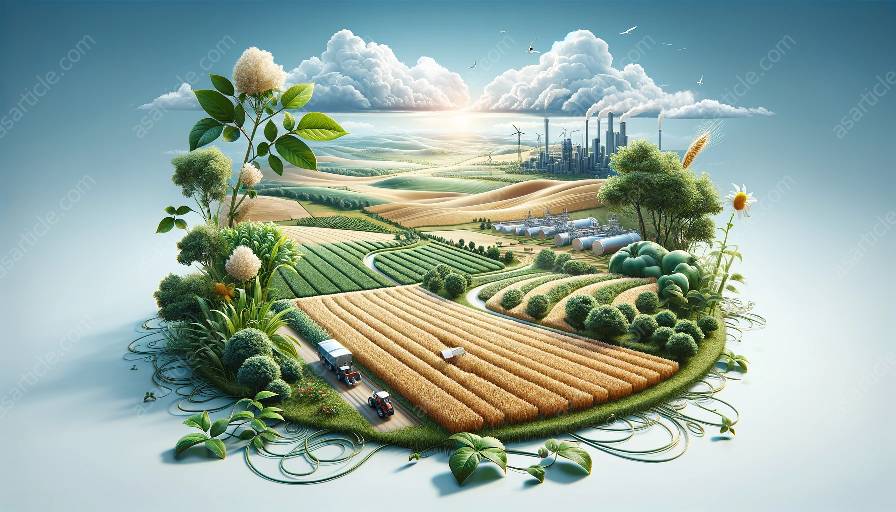Fertilizers are essential for enhancing crop growth and productivity in agriculture. They play a crucial role in ensuring the sustainability of farming practices. In this comprehensive guide, we explore the various types of fertilizers and their impact on agricultural sciences and fertilizer technology.
1. Organic Fertilizers
Organic fertilizers are derived from natural sources such as plant and animal waste, compost, and other organic materials. They provide a slow release of nutrients, improving soil structure and promoting microbial activity. This type of fertilizer is widely used in sustainable agricultural practices due to its environmental benefits.
Impact on Agricultural Sciences and Fertilizer Technology:
Organic fertilizers contribute to soil health and fertility, supporting the principles of agroecology and sustainable agriculture. In fertilizer technology, research focuses on developing innovative production methods and formulations to enhance the efficacy of organic fertilizers.
2. Inorganic Fertilizers
Inorganic fertilizers, also known as synthetic or chemical fertilizers, are manufactured using industrial processes. They contain concentrated forms of essential plant nutrients such as nitrogen, phosphorus, and potassium. Inorganic fertilizers are popular for their quick nutrient availability and precise nutrient composition.
Impact on Agricultural Sciences and Fertilizer Technology:
The use of inorganic fertilizers has revolutionized modern agriculture by significantly increasing crop yields. However, their overuse can lead to soil degradation and environmental pollution. Fertilizer technology aims to develop controlled-release formulations and precision application methods to optimize the efficiency and environmental impact of inorganic fertilizers.
3. Slow-Release Fertilizers
Slow-release fertilizers are designed to provide nutrients to plants over an extended period. These fertilizers offer a balanced nutrient release, reducing the risk of leaching and nutrient runoff. They are ideal for enhancing nutrient uptake efficiency and minimizing environmental impact.
Impact on Agricultural Sciences and Fertilizer Technology:
The adoption of slow-release fertilizers aligns with sustainable agriculture practices, as they help mitigate nutrient loss and improve crop nutrient utilization. Fertilizer technology research focuses on developing innovative coatings and formulations to control the release of nutrients from slow-release fertilizers.
4. Liquid Fertilizers
Liquid fertilizers are solutions or suspensions of water-soluble nutrients. They are easy to apply and quickly absorbed by plants, making them suitable for foliar feeding and fertigation. Liquid fertilizers provide a rapid supply of nutrients, especially during critical growth stages.
Impact on Agricultural Sciences and Fertilizer Technology:
The convenience and rapid nutrient availability offered by liquid fertilizers make them an attractive choice for modern agricultural practices. Fertilizer technology research focuses on formulating stable and effective liquid fertilizers while exploring innovative application methods such as precision spraying and fertigation systems.
5. Controlled-Release Fertilizers
Controlled-release fertilizers are designed to release nutrients gradually in response to specific triggers such as temperature, soil moisture, or microbial activity. They offer precise nutrient delivery, reducing the frequency of application and minimizing nutrient losses.
Impact on Agricultural Sciences and Fertilizer Technology:
Controlled-release fertilizers play a vital role in sustainable agriculture by improving nutrient use efficiency and minimizing environmental impact. Fertilizer technology innovation focuses on developing advanced encapsulation technologies and smart release mechanisms for controlled-release fertilizers.
Conclusion
The diverse types of fertilizers impact agricultural sciences and fertilizer technology in distinct ways, shaping the future of sustainable crop production. As the demand for environmentally friendly and efficient fertilizers grows, ongoing research and technological advancements continue to drive the evolution of fertilization practices in modern agriculture.

